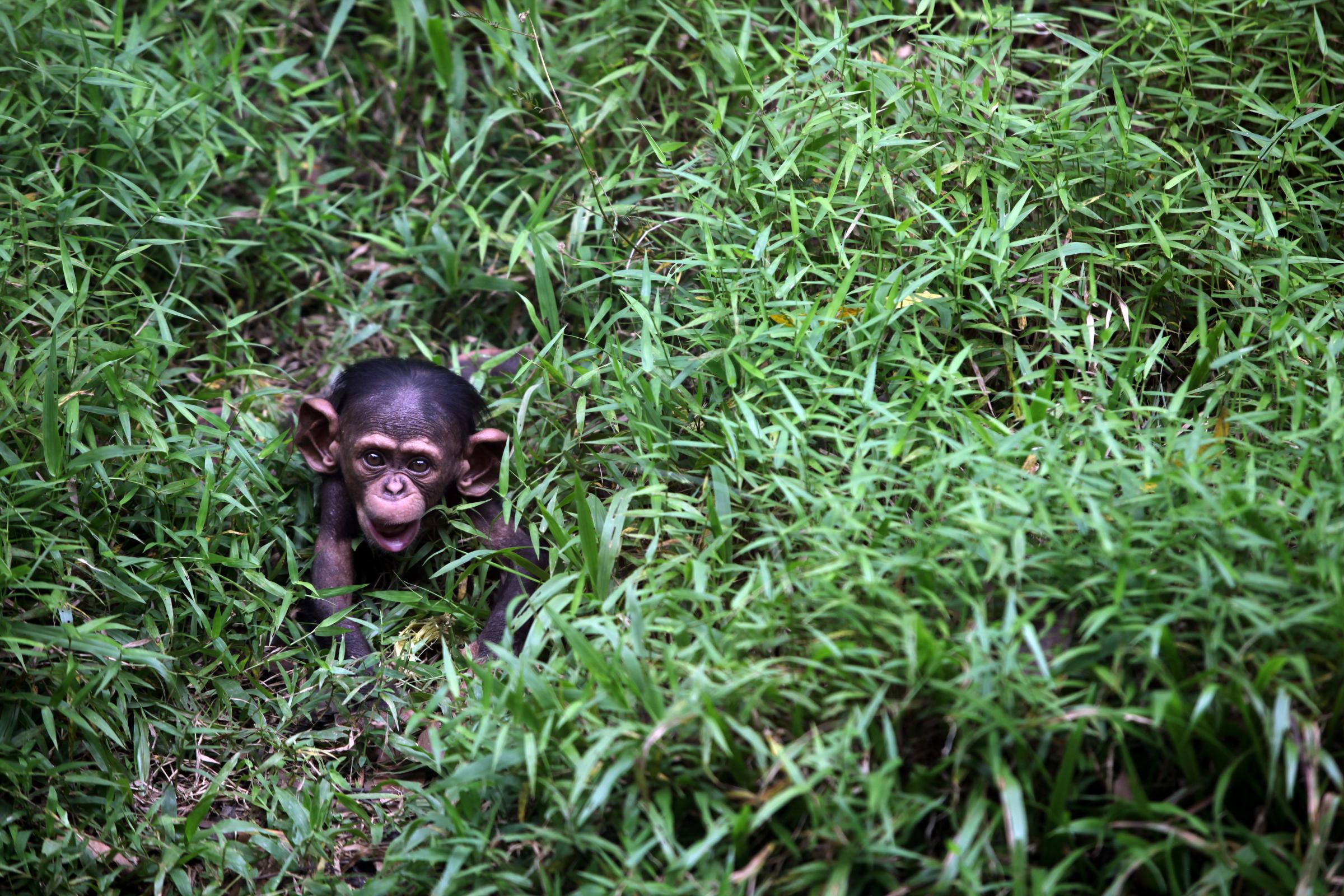

The remarkably complete "Lucy's baby" skeleton, announced on September 20, 2006, is about a hundred thousand years older than Lucy herself. 475 refers to the variance between animals, it has one degree of freedom less than the number of skulls. In addition, the sections of her skull-separated in children-had grown together. For one thing, her wisdom teeth, which were very humanlike, were exposed and appear to have been in use for a while before her death.

Was Lucy an adult?Ī number of factors point to Lucy being fully grown. The catarrhines (from Ancient Greek katà-, 'down', and rhin-, 'nose') have nostrils that face downwards. The platyrrhines (from Ancient Greek platy-, 'flat', and rhin-, 'nose') have nostrils which face sideways. afarensismales were quite a bit larger than females. Perhaps the world's most famous early human ancestor, the 3.2-million-year-old ape 'Lucy' was the first Australopithecus. Description The technical distinction between the New World platyrrhines and Old World catarrhines is the shape of their noses. Maternal has a profound effect on toddler improvement.

Gestation lasts roughly 5.5 months in macaques (rhesus: 146 to 180 days cynomolgus: 153 to 179 days). A variety of procedures were performed during Dental Week, from cleanings to root canals, and patients included a lion, gorilla, chimpanzee, tapir, aardvark and otters. Later fossil discoveries established that A. This article will give an overview of the macaque monkey baby.
Old chimpanzee teeth mod#
Inspired by repeated playings of "Lucy in the Sky With Diamonds" at a celebratory party on the day the specimen was found, researchers gave it the Beatles' mod moniker. afarensis skulls later found nearby reveal an apelike head with a low and heavy forehead, widely curving cheekbones, and a jutting jaw-as well as a brain about the size of a chimpanzee's. With a mixture of ape and human features-including long dangling arms but pelvic, spine, foot, and leg bones suited to walking upright-slender Lucy stood three and a half feet (107 centimeters) tall. The threat display of a Hamadryas baboon. 'giant ape') is an extinct genus of ape from roughly 2 million to 350,000 years ago during the Early to Middle Pleistocene of southern China, represented by one species, Gigantopithecus blacki. UC Berkeley paleontologists have identified distinctive features of primate teeth that allow them to track the evolution of our ape and monkey ancestors, shedding light on a mysterious increase in monkey species that occurred during a period of climate change 8 million years ago. afarensis was for about 20 years the earliest known human ancestor species ( Africa map). Gigantopithecus ( / dantopiks, pks, d -/ jahy-gan-toh-pi-thee-kuhs, pith-i-kuhs, ji- 2 lit. Perhaps the world's most famous early human ancestor, the 3.2-million-year-old ape "Lucy" was the first Australopithecus afarensis skeleton ever found, though her remains are only about 40 percent complete ( photo of Lucy's bones).ĭiscovered in 1974 by paleontologist Donald C.


 0 kommentar(er)
0 kommentar(er)
